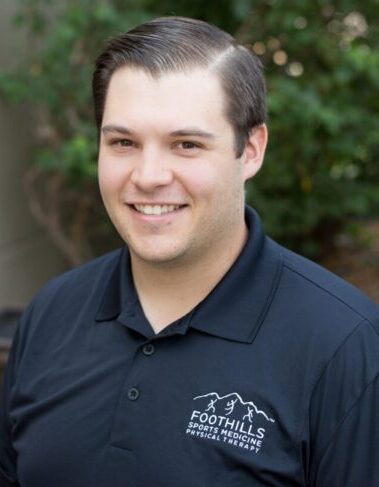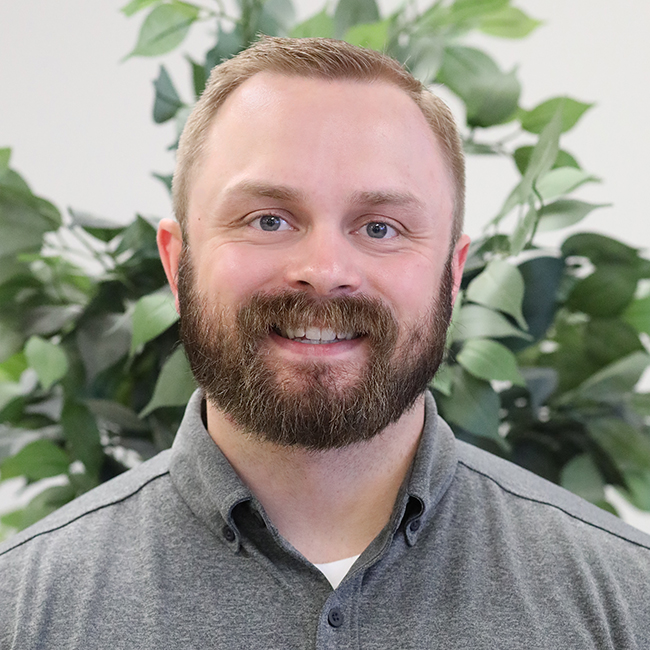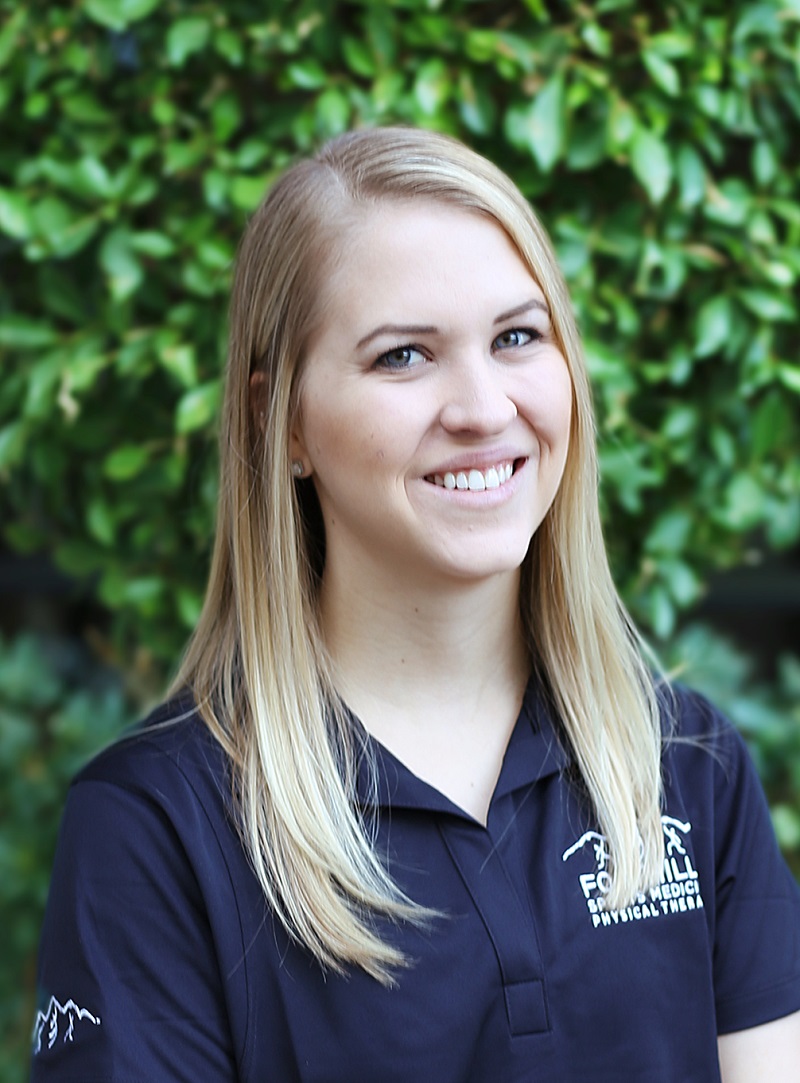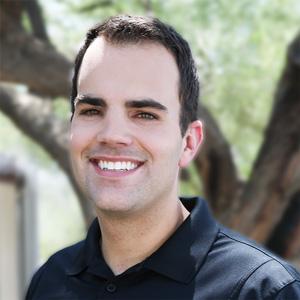Residency Program
About the program
Our residency program in orthopedic physical therapy provides physical therapists with an opportunity to develop advanced competencies in the specific area of practice that encompasses orthopedic physical therapy through a planned course of clinical practice, didactic learning modules, and clinical mentoring. The residency program seeks to develop the clinician’s theoretical rationale, evaluation and treatment skills, and clinical reasoning processes in order to promote the prevention, treatment, and rehabilitation of injuries in an active patient population. Program completion rate: 100%.
What you’ll learn
The physical therapist will gain clinical experience under the mentorship of residency faculty who are board certified in the area of orthopedic physical therapy (OCS) as well as professional staff who possess advanced training in manual therapy, strength and conditioning, and other treatment modalities (manipulative therapy and pain neuroscience education, TDN, etc.).
Through a system of structured learning opportunities, the residency program will strive to prepare the physical therapist for the successful completion of their requirements to sit for and pass their board examinations as clinical specialists in orthopedic physical therapy (OCS) through the American Physical Therapy Association (APTA).
Residency description
The program involves a one-year experience in a dynamic orthopedic physical therapy setting incorporating a three-quarter time independent clinical practice (36 hours/week), advanced didactic learning modules and established 1:1 mentored experiences in advanced clinical practice, and clinic administration.
Facilities
Foothills is a regional based private practice, which includes over 20 owner-operated facilities throughout Arizona. While we are a results-driven company, the results we look for aren’t in numbers but in healing people who are in pain. We provide excellent physical therapy services along with cutting-edge sports acceleration and training programs (FAST®).
Professional staff
Foothills employs more than 80 physical therapists including those with advanced degrees and training (ABPTS Orthopedic Certified Specialists, Certified Strength and Conditioning Specialists, Certified Manual Therapists). We have strong relationships with our physician referral network, which includes board certified orthopedic surgeons, family practice physicians, and occupational health providers.
Objectives and scope
The program will provide sufficient opportunities for the clinical resident to gain cognitive knowledge and psychomotor skills in a variety of areas including, but not limited to:
- Obtain advanced clinical assessment and treatment skills related to specific orthopedic injuries
- Be able to perform clinical biomechanical analysis of patients with running, golf, cycling, and throwing related injuries and provide specific interventions unique to this patient population
- Become competent in the performance and interpretation of isokinetic, joint arthrometer, and functional testing procedures relative to an orthopedic physical therapy population
- Gain and share insight on orthopedic injury assessment and management with other health professionals (orthopedists, physician assistants, athletic trainers, RN’s, primary care physicians, etc.)
- Advance clinical knowledge through participation in teaching, prepared presentations to peers/students, and direct interaction with other sports medicine specialists
- Develop ability to critically review research materials/journals for the purpose of applying the information in an accurate manner during direct patient contact and advance knowledge of evidence-based practice
- Develop skills as a clinical instructor to assist in the education of entry-level physical therapy students
- Advance knowledge and skills in the administration of an out-patient physical therapy practice
Scope of orthopedic physical therapy residency
The scope of the orthopedic physical therapy residency will be based upon the practice profile for orthopedic physical therapy as outlined by the Description of Specialty Practice for Orthopedic Physical Therapy through the American Board of Physical Therapy Specialties (ABPTS). The content areas for an orthopedic physical therapy residency will include:
Practice dimensions and professional responsibilities
The practice dimensions and professional responsibilities identify what orthopedic clinical specialists do in their day-to-day professional roles. The responsibilities are linked to knowledge areas, procedures in the examination questions.
Evaluation
Examination
- Obtain history
- Perform systems review
- Conduct test and measures
- Re-examination
Evaluation
- Interpret data from history
- Develop working diagnosis (hypothesis)
- Determine appropriateness of physical therapy
- Plan tests and measures
- Respond to emerging data
- Select additional tests and measures
Diagnosis
- Establish diagnosis
- Determine most appropriate intervention approach
Prognosis
- Establish prognosis
- Establish plan of care
Intervention
- Implement plan of care
- Coordination of care and patient management
- Communication
- Patient/client-related instruction
Outcomes
- Remediation
- Optimization of patient satisfaction
- Promotion of primary/secondary prevention
Knowledge areas
This Matrix focuses on knowledge areas and procedures that orthopedic clinical specialists use in their work. The questions on the examination will be approximately distributed according to the following percentages of content areas.
- Human Anatomy and Physiology (10%)
- Movement Science (10%)
- Pathophysiology (10%)
- Orthopaedic Medicine/Surgical Intervention (10%)
- Evidence Based Orthopaedic Theory and Practice (10%)
- Critical Inquiry/Evidence Based Practice (10%)
- Examination* (20%)
- Procedural Intervention (20%)
Total 100%
*Note: The examination is not testing performance of an actual examination. Rather, it is testing the critical thinking processes related in examination.
Body regions
Percentage of questions by body regions were determined by a subject matter expert group. The percentages given are approximate and may not represent the exact distribution of questions on the actual exam.
1. Cranial/Mandibular (5%)
2a. Spine: Cervical (15%)
2b. Spine: Thoracic spine/ribs (5%)
2c. Spine: Lumbar (20%)
3a. Upper Extremity: Shoulder/shoulder girdle (15%)
3b. Upper Extremity: Arm/elbow (5%)
3c. Upper Extremity: Wrist/hand (5%)
4. Pelvic Girdle/Sacroiliac/Coccyx/Abdomen (5%)
5a. Lower Extremity: Hip (5%)
5b. Lower Extremity: Thigh/knee (10%)
5c. Lower Extremity: Leg/ankle/foot (10%)
Total 100%
Structure of the residency
Patient care (75%)
The resident will evaluate and treat patients with a variety of musculoskeletal pathologies that are commonly found in the orthopedic physical therapy setting. This will include management of patients with pathology of the upper and lower extremities, the pelvis, and spine. Clinical practice under the supervision of the residency faculty will allow additional opportunities for the resident to develop psychomotor skills and clinical reasoning processes necessary to effectively evaluate and treat individuals with sports related injuries.
Clinical mentoring (10%)
The resident will participate in a minimum of 150 hours of 1:1 clinical mentoring with residency faculty which will include time with staff who possess board certification in orthopedic physical therapy (OCS).
Observation of medical provider clinic practice and surgery (2-5%)
The resident will observe other medical providers including physicians, podiatrists, and/or physician assistants to gain an appreciation for diagnosis and medical management of common orthopedic related injuries. The resident will also have the opportunity to observe surgery to gain an understanding of current surgical techniques to manage orthopedic related injuries.
Educational activities (10-15%)
Residents participate in in-services, journal clubs, and conferences. Advanced didactic learning modules will be provided on-line through Medbridge with coordinated, hands–on laboratory sessions conducted by program faculty. The residents will additionally participate in staff journal clubs and in-services as well as attend a clinical instructor training course through the APTA.
Evaluation of the resident
Both written and practical evaluations will given, including a mid-term written assessment with the Orthopedic Physical Therapy Clinical Resident Tool and Post-Graduate Physical Therapy Professional Behaviors Assessment Tool. A practical examination covering both lower/upper extremities and spine related pathologies will be administered at selected intervals throughout the residency year.
Transportation
Resident will be responsible for own transportation needs. Free parking is available at all clinic sites.
Practice liability issue
The resident must obtain Arizona Physical Therapy licensure.
Length of residency program
The residency program will be a minimum of 12 months (maximum 18 months) in length. This will allow adequate time for the resident to develop theoretical rationales as well as psychomotor and clinical reasoning skills necessary to be proficient as an orthopedic physical therapist.
Application and selection process
A centralized application system (RF-PTCAS) is required for applicants to apply to our program.
Applicant qualifications:
- Graduation from a CAPTE accredited physical therapy program
- Possession or application for Arizona Physical Therapy License (candidates from entry-level physical therapy programs may apply for a temporary licensure to allow you to practice under the supervision of a certified physical therapist while they await the passing of the licensure examination).
- Meet all eligibility requirements for employment as a physical therapist with Foothills Sports Medicine Physical Therapy
- Demonstrate that they are eligible for membership within the APTA
- No transfer credits will be accepted for completion of the programs clinical and didactic training requirements
Selection of applicants:
A selection committee composed of the program director, clinic owners, and members of the program faculty will determine overall selection. Applications will be accepted up until February 1st of each successive year. As part of the interview process, applicants would be required to participate in a simulated case review with program faculty for assessment of the candidates clinical reasoning and communication skills as well to serve as a measure of initial level of competence. Successful candidates will be notified by April 1st with the start date being the first full week of September for each representative year.
Meet the Staff

Michael PT, DPT, Cert. DIN
Physical Therapist Old Town Scottsdale Physical Therapy
Michael PT, DPT, Cert. DIN
Physical Therapist Old Town Scottsdale Physical TherapyEducation: Oregon State University, A.T. Still University
Areas of Interest: General orthopedics, sports performance and rehabilitation, cervical and shoulder injuries in overhead athletics
Michael is a native of West Linn, Oregon, and completed his undergraduate education in Corvallis and his Doctorate of Physical Therapy at A.T. Still University in Mesa, AZ. He chose Arizona to escape the cold and wet Pacific Northwest winters and enjoy the sunshine and outdoor activity here in the valley of the sun.
His journey into the world of physical therapy began as a patient, navigating through multiple knee injuries and surgeries during his high school athletic pursuits. This personal experience ignited his passion for the field.
A pivotal moment in Michael’s career occurred when he took a physical therapy internship with the Cincinnati Reds, specializing in shoulder and elbow rehabilitation. Michael’s unwavering dedication revolves around patient-centric care, empowering his patients with the tools and knowledge to manage their symptoms post-therapy effectively.

Joel PT, DPT, OCS, COMT, CKTP, CPSS, CSCS, CAFS, FDNS
Physical Therapist Buckeye Physical Therapy
Joel PT, DPT, OCS, COMT, CKTP, CPSS, CSCS, CAFS, FDNS
Physical Therapist Buckeye Physical TherapyEducation: University of North Dakota
Originally from North Dakota, Joel started with Foothills Sports Medicine Physical Therapy in 2016 after graduating as a Doctor of Physical Therapy from the University of North Dakota. After completing his residency program, he obtained his Board-Certified Orthopedic Clinic Specialist certification in 2018, which only 6% of physical therapists have. As the Assistant Residency Director and long-term mentor, Joel has enjoyed sharing his knowledge and experience with passionate physical therapists looking to provide the best patient care and expertise. Outside of work, Joel enjoys spending time with his family and friends, exercising, traveling (especially to Disneyland), and cheering on his favorite NFL team: the Baltimore Ravens.

Ted PT, DPT, OCS, COMT, TPS, CSCS, Cert. DN
Physical Therapist Ahwatukee Physical Therapy
Ted PT, DPT, OCS, COMT, TPS, CSCS, Cert. DN
Physical Therapist Ahwatukee Physical TherapyEducation: Loyola Marymount University, Chapman University
Areas of Interest: chronic pain, spinal manipulation, youth sports physical therapy, injury prevention, dry needling, and treating tactical and combat athletes.
Ted is an orthopedic manual therapist offering highly skilled physical therapy services. His expertise includes the treatment of chronic pain, spinal manipulation, youth sports physical therapy, injury prevention, dry needling, and treating tactical and combat athletes. He has worked with several professional athletes to help them return to the highest level of competition. He frequently mentors residents, new graduates, and doctor of physical therapy students. Some of the most common conditions Ted and his staff see include chronic neck and back pain, shoulder impingement, joint replacements at the shoulder, hip, and knee, sports injuries like ACL rupture and repair, jumpers’ knee, ankle sprains, and fractures.
Residents

Stacey PT, DPT, OCS
Physical Therapist Tatum & Bell Physical Therapy
Stacey PT, DPT, OCS
Physical Therapist Tatum & Bell Physical TherapyEducation: BS from Loyola Marymount University, MS from Arizona State University, DPT from University of St. Augustine for Health Sciences in San Marcos, CA.
Stacey was born and raised in Phoenix. She grew up as a dancer who played a variety of sports. She has experience in home health, cardiac/pulmonary rehab and outpatient orthopedics. She is an avid believer in the promotion of a healthy lifestyle and helping patients achieving their functional goals. In her spare time, she likes to stay fit and active, travel with family and friends, and will jump at any chance to lay on a beach.

Steven PT, DPT, OCS, CSCS
Physical Therapist Old Town Scottsdale Physical Therapy
Steven PT, DPT, OCS, CSCS
Physical Therapist Old Town Scottsdale Physical TherapyEducation: University of Scranton
Steven grew up in southwest Connecticut. In high school, he played baseball and ran cross-country, transitioning to playing ultimate frisbee in college. Steven received his Doctorate of Physical Therapy at The University of Scranton in Pennsylvania. He had the opportunity to work with the San Francisco Giants at their Spring Training facility, furthering his skills in working with overhead athletes. After this rotation in the valley, Steven chose to pursue an orthopedic specialty through the Foothills Physical Therapy Orthopedic Residency.

Cody PT, DPT, OCS
Physical Therapist
Cody PT, DPT, OCS
Physical TherapistEducation: Utah State University, Rocky Mountain University
Cody is with the Foothills Orthopedic Residency Program. He has worked extensively in orthopedics and sports medicine with further education in treating the neck, low back, and shoulders. He likes to educate and help his patients to not only get back to their wellness goals, but to encourage them to reach their fitness goals. When not at work, you can find Cody rooting for the Utah State Aggies, eating Handel’s ice cream or partaking in a strength and conditioning group class.
